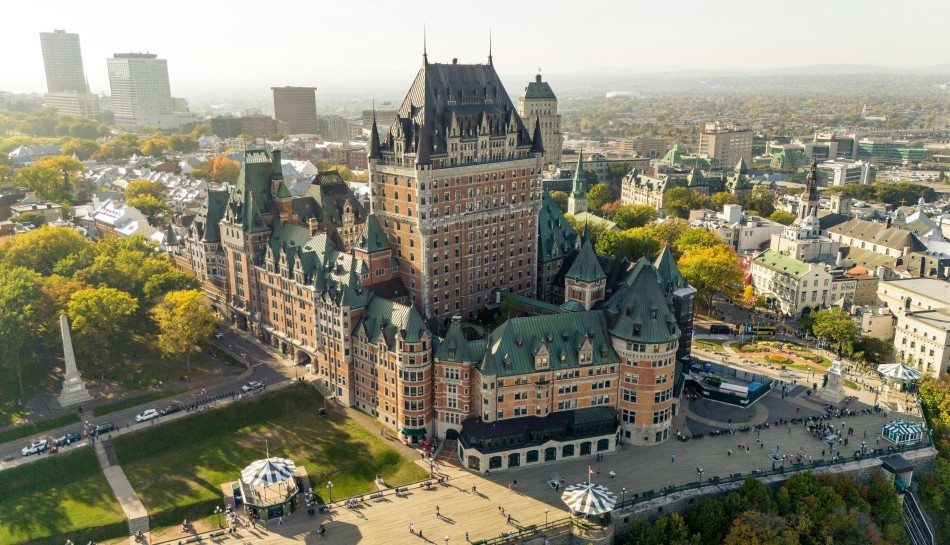Ontario is investing $25 million more over the next three years, on top of the $15 million over three years that was announced in Budget 2022, to double Ontario’s skilled immigrant intake. The investment will work to address labour shortages and promote economic growth in the province.
Ontario is Canada’s most popular landing destination, and the province welcomes one third of all newcomers to the country each year. The province and federal government announced the doubling of the number of economic immigrants the province will select to reach a historic high of 18,000 by 2025.
“Our government is ready to welcome more skilled newcomers to Ontario, to help build the highways, transit, schools, homes and hospitals our growing population needs. As we continue to tackle historic labour shortages, we’re doing everything we can to ensure we have the workforce to help build Ontario. It’s all hands on deck” said Ontario Premier Doug Ford.
According to Ontario’s website, the new investment in Budget 2023 will speed up processing and ensure that newcomers to Ontario can start working in their professions quickly. The funding will enhance security and other IT updates to make sure the system can handle increased demand now and in the future.
What is the Ontario Immigrant Nominee Program?
The Ontario Immigrant Nominee Program (OINP) is Ontario’s Provincial Nominee Program (PNP). The PNP is the leading way to immigrate to Canada as a skilled worker.
Through OINP, prospective immigrants with the skills and experience targeted by the province may receive a provincial nomination form Ontario, after which they can apply for Canadian permanent residence with Immigration, Refugees and Citizenship Canada (IRCC).
Ontario PNP streams are base streams and others are enhanced streams. Enhanced streams are those that are aligned with the Express Entry system, which is the system the federal government uses to manage permanent residence applications through the Canada’s three main economic class immigration programs.
Express Entry gives candidates a point-based score on the Comprehensive Ranking System (CRS). The highest-ranking candidates are then invited to apply for permanent residence. Those with nomination from a provincial program that is enhanced get an extra 600 points, effectively ensuring an Invitation to Apply (ITA) for permanent residence.
Base streams are streams that are not aligned with the Express Entry systems. Candidates who get a provincial nomination are required to apply directly to IRCC.
Ontario government 2023 budget, Building a Strong Ontario
Ontario’s 2023 Budget, called Building a Strong Ontario, is a “responsible, targeted approach to help people and businesses today, while laying a strong fiscal foundation for future generations”.
On top of the $25 million investment in the OINP, the Budget has other key measures that would affect Ontario immigrants. The government pledges to invest in skills training, transform the apprenticeship and skilled trades system, and help newcomers put their skills to use.
In particular, Ontario is investing $75 million into the Skills Development Fund over the next three years, to help workers and job seekers get the skills they need to take on new opportunities and advance their careers. The government is also investing $224 million in 2023 and 2024 in a new capital stream of the Skills Development Fund to expand access to training centers to train more workers in careers in the skills trades and other in-demand jobs.
In addition, the Budget also discusses the housing crisis and issues with housing affordability. The government is planning to take action to get 1.5 million homes built by 2031. The More Homes Built Faster Act, 2022 will implement changes to help build more homes and make life more affordable for Ontario families. The impact of these changes is estimated to reduce the cost of building a single-family home by $116,900 in the Greater Toronto Area.
Source : cicnews.com




















